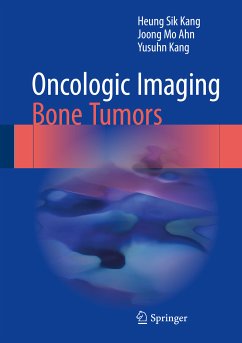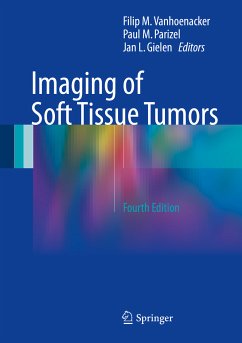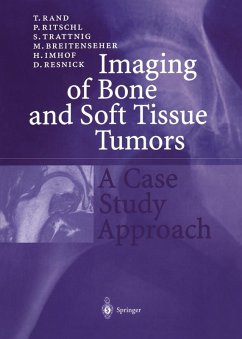
Oncologic Imaging: Soft Tissue Tumors (eBook, PDF)
Versandkostenfrei!
Sofort per Download lieferbar
72,95 €
inkl. MwSt.
Weitere Ausgaben:

PAYBACK Punkte
36 °P sammeln!
Identifies the characteristic radiologic features of different types of soft tissue tumor
Explains the pattern analysis of imaging appearances of soft tissue tumors
Helps readers to hone their diagnostic reasoning skills
Includes a wealth of informative illustrations
Explains the pattern analysis of imaging appearances of soft tissue tumors
Helps readers to hone their diagnostic reasoning skills
Includes a wealth of informative illustrations
Dieser Download kann aus rechtlichen Gründen nur mit Rechnungsadresse in A, B, BG, CY, CZ, D, DK, EW, E, FIN, F, GR, HR, H, IRL, I, LT, L, LR, M, NL, PL, P, R, S, SLO, SK ausgeliefert werden.












